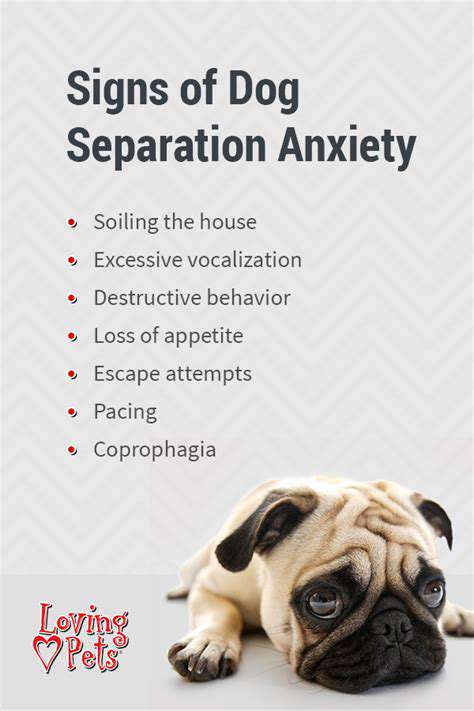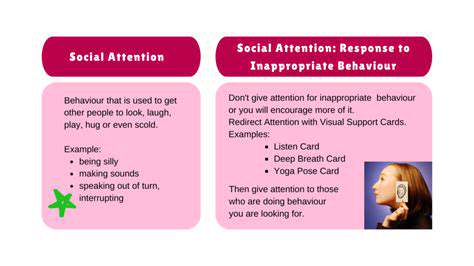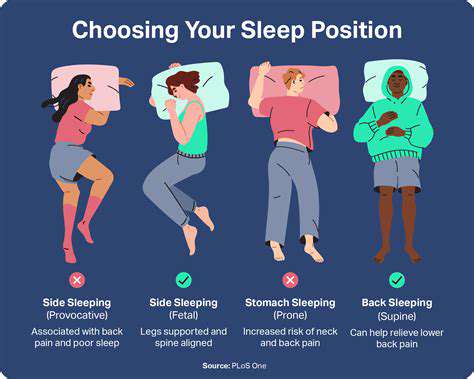Living with a Quiet Cat
Understanding Your Reserved Feline's Wellbeing

Ensuring Physical Safety
Cat-proofing your home involves identifying potential hazards like toxic plants or small objects. Window screens prevent accidental falls while allowing safe outdoor viewing. Regular safety checks help maintain a secure environment as cats explore new areas. Electrical cords should be secured and household chemicals stored properly.
Environmental considerations extend to product choices for feline companions. Natural fiber scratching posts and non-toxic cleaning products support both cat health and ecological responsibility. Proper waste disposal methods and biodegradable litter options demonstrate environmental stewardship while caring for your pet.
Monitoring Health Indicators
Subtle behavioral changes often signal health issues in quiet cats. Decreased appetite or altered litter box habits warrant veterinary attention. Regular weight monitoring helps detect gradual changes that might otherwise go unnoticed. Annual wellness exams allow for early detection of potential health concerns.
Detailed observation of your cat's routines provides valuable health insights. Changes in grooming habits or sleep patterns can indicate discomfort or illness. Maintaining a health journal helps track subtle variations that might concern your veterinarian.
Interpreting Behavioral Cues
Quiet cats communicate through nuanced body language. Tail positions, ear orientation, and whisker movement convey emotional states. Learning these signals prevents misunderstandings and strengthens your bond. Respecting when your cat needs space builds trust over time.
Behavioral documentation helps identify patterns and triggers. Noting reactions to visitors or environmental changes provides insight into stress factors. This information guides environmental modifications to reduce anxiety and promote comfort.
Developing Meaningful Connections with Reserved Cats
Appreciating Feline Individuality
Every cat possesses distinct personality traits that shape their interactions. Reserved cats often form deep attachments that manifest in subtle ways. Their quiet companionship can be profoundly rewarding when understood on their terms. Recognizing unique preferences for interaction frequency and style prevents overwhelming sensitive felines.
Understanding that feline affection differs from canine expressions prevents misinterpretation. Slow blinks, gentle headbutts, and quiet proximity often represent profound trust. These subtle gestures hold significant meaning in feline communication systems. Respecting their boundaries while offering consistent care builds lasting bonds.
Establishing Trust Through Routine
Predictable schedules provide security for cautious cats. Maintaining consistent feeding times and daily rituals creates stability. Quiet activities like reading aloud help cats acclimate to human presence without pressure. Over time, these low-stress interactions encourage voluntary engagement.
Creating positive associations through food and play strengthens connections. High-value treats during gentle petting sessions build pleasant associations. Allowing the cat to initiate contact reinforces their comfort level. Patience during this process yields the most meaningful results.
Reading Feline Body Language
Subtle physical cues reveal a cat's emotional state. Relaxed postures with slightly squinted eyes indicate contentment. Twitching tails or flattened ears signal discomfort requiring space. Recognizing these signals prevents stressful encounters and maintains trust.
Environmental observation provides context for behaviors. Noting preferred resting spots and hiding places helps understand comfort zones. These safe spaces should remain undisturbed, serving as retreats when needed. Multiple elevated perches satisfy their instinct to observe from secure vantage points.
Celebrating Quiet Companionship
The understated nature of reserved cats offers unique rewards. Their quiet presence often provides calming companionship. Mutual quiet time can be as bonding as active play sessions. This peaceful coexistence represents a deep connection built on respect and understanding.
Documenting small breakthroughs helps appreciate gradual progress. First voluntary lap sitting or initiated headbutts mark significant relationship milestones. These moments, though subtle, demonstrate growing trust and affection between feline and human.
Read more about Living with a Quiet Cat
Hot Recommendations
- The Story of How My Pet Taught Me Patience
- Cat Training 101: Basics & Tips
- Top Brands for Hypoallergenic Cat Food
- Understanding Kitten Meowing: What It Means
- Understanding Dog Barking: Why and How to Stop
- How to Create a Safe Haven for Stray Cats
- How to Teach Your Dog to Roll Over
- Guide to Training Your Dog Off Leash
- Bringing Home Multiple Pets: Introduction Tips
- How to Administer Pet First Aid for Cuts


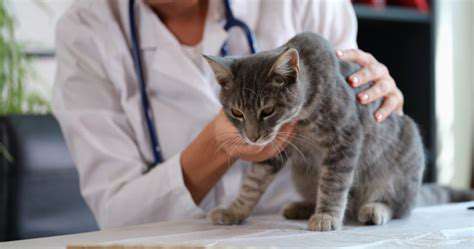


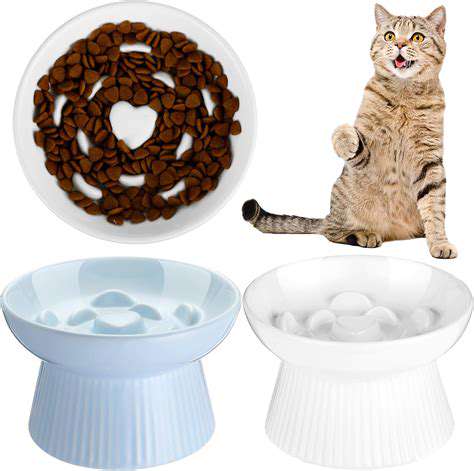
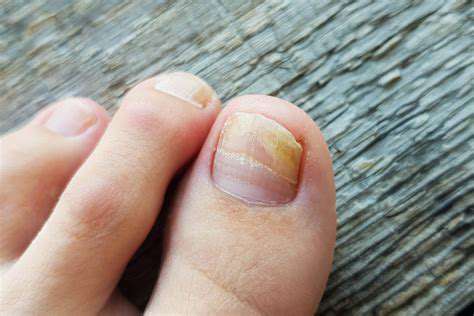
![Review: [Specific Brand] Dog Toy [Specific Type]](/static/images/33/2025-05/ValueforMoneyandAlternatives.jpg)
![Best Aquarium Heaters [2025 Review]](/static/images/33/2025-05/KeyFeaturestoConsider3ADurability2CSafety2CandEaseofUse.jpg)
